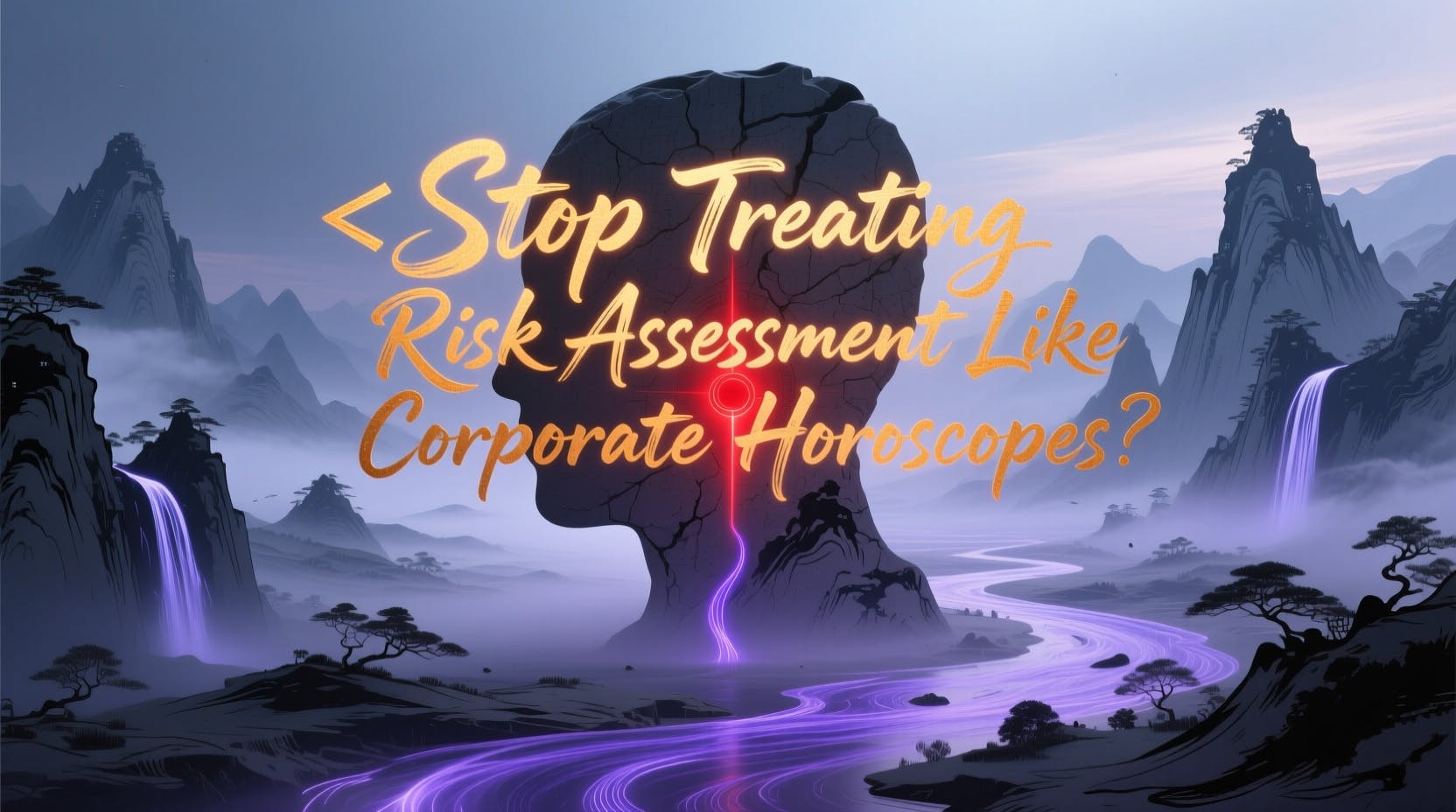The Paradox of Legalization: How Global Regulation May Empower Banks and Undermine USDT and USDC.
Right now, something unusual is happening in the stablecoin market. Governments around the world are finally starting to regulate digital dollars, which is what the industry has wanted. Europe’s MiCA framework took effect in December 2024. Hong Kong put its Stablecoins Ordinance in place in August 2025. The UK and Singapore are set to establish their own rules. Even the US passed the GENIUS Act this year.
However, here’s the thing: the moment regulation arrived, the ground started shifting under the feet of private issuers.
Take Europe. Since March 2025, exchanges across the European Economic Area have been systematically delisting USDT. Coinbase removed it in December 2024. Crypto.com followed in January. Binance pulled all USDT spot trading pairs by the end of March. The reason? Tether doesn’t hold an EU e-money license and hasn’t applied for MiCA authorization. Without that stamp, even the world’s largest stablecoin – with its $140 billion market cap – simply cannot be offered to European retail investors anymore.
This isn’t theoretical compliance theater. It’s capital reallocation at scale. Circle’s USDC, which secured MiCA approval early, has been the primary beneficiary. But the real competition isn’t coming from another fintech. It’s coming from traditional banks.
In September 2025, nine major European lenders – ING, UniCredit, CaixaBank, Danske Bank, SEB, and others – announced a consortium to launch a MiCA-compliant euro stablecoin by mid-2026. Not a partnership with crypto companies. Not an endorsement of existing tokens. This is a direct alternative, regulated by the Dutch Central Bank, built on decades of institutional trust.
The irony is hard to miss. Stablecoins were supposed to disrupt traditional finance by offering faster, cheaper, more transparent value transfer. Now, banks are adopting the same technology but keeping control of the issuance, the reserves, and the regulatory relationships. They’re issuing tokenized deposits that operate under existing banking frameworks while delivering the same blockchain-based efficiency that made stablecoins attractive in the first place.
Singapore offers another data point. The Monetary Authority of Singapore finalized its stablecoin framework in 2023, explicitly excluding tokenized bank liabilities from the regulatory regime for private stablecoins. Why? Because banks already operate under comprehensive supervision. MAS Managing Director Chia Der Jiun said it plainly at Singapore Fintech Festival: while stablecoins have a role, “tokenized bank liabilities benefit from current central bank and regulatory arrangements that underpin value stability.”
Translation: if you’re a bank, you don’t need to comply with stablecoin rules – your existing license covers it. If you’re Tether or Circle, you face new reserve requirements, monthly attestations, redemption timelines, and operational restrictions that banks simply don’t.
Hong Kong’s approach is even more explicit. The Stablecoins Ordinance requires HK$25 million in paid-up capital, full segregation of reserve assets, and daily reconciliation. Banks issuing tokenized deposits? They can operate under their existing licenses with lighter oversight. The Hong Kong Monetary Authority has indicated that only a handful of stablecoin licenses will be granted initially, and they’re setting a high bar.
The UK is heading in a similar direction. The Bank of England’s November 2025 consultation on systemic stablecoins proposed allowing issuers to hold up to 60% of backing assets in short-term government debt, with the remainder in unremunerated central bank deposits. But the proposals also acknowledged that banks issuing tokenized deposits would remain subject to conventional banking regulations, not stablecoin regimes. Another regulatory moat.
Let’s be clear about what’s happening. Regulation isn’t making stablecoins safer or more legitimate. It’s making them harder to scale and more expensive to operate than bank-issued alternatives. Private issuers face strict reserve rules, capital buffers, business restrictions, and compliance costs that incumbent financial institutions don’t. Banks, meanwhile, get to tokenize their existing deposit base with minimal friction.
Citi Institute projects that tokenized bank deposits could support $100 to $140 trillion in annual flows by 2030 – potentially surpassing stablecoin circulation entirely. McKinsey estimates stablecoin circulation could reach $2 trillion by 2028, but that assumes regulatory frameworks don’t systematically favor banks. Given what we’ve seen in Europe and Asia, that assumption looks shaky.
The European delisting of USDT is just the opening act. As more jurisdictions implement their regimes, we’ll see this pattern repeat. Private issuers will face mounting compliance costs, operational constraints, and market access barriers. Banks will issue their own tokenized liabilities, often in consortium structures that reduce competition and increase costs for users.
The real question is whether private stablecoins can maintain their operational edge – speed, scale, interoperability – under regulatory frameworks explicitly designed to favor banks. The technology itself isn’t the issue. Blockchain infrastructure has matured significantly. At Venom Foundation, we’ve built our platform secure by design and scalable by nature precisely to handle institutional-grade throughput with proper compliance controls. The problem is that regulation isn’t evaluating technology on merit, it’s creating structural advantages for incumbents.
Composability matters. Network effects matter. But so does regulatory arbitrage, and right now, banks have it. Stablecoins won the technology argument. The question is whether they can survive winning the regulatory one.
n n









